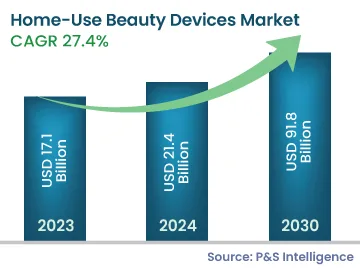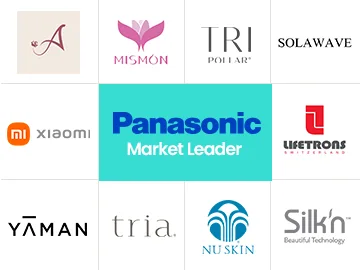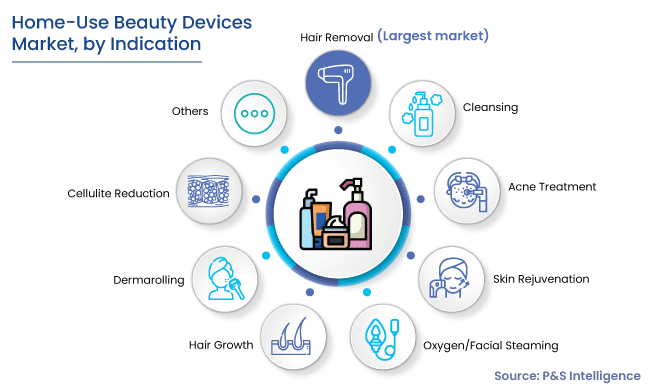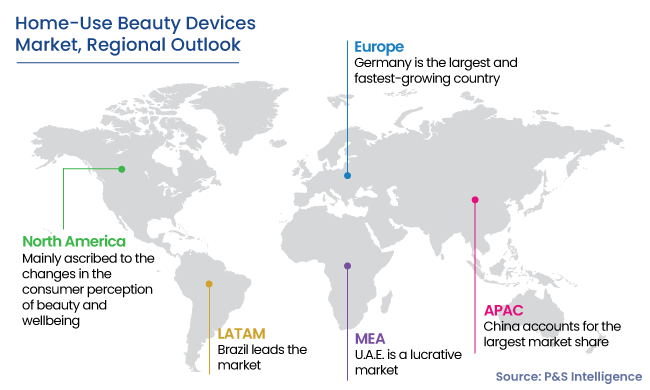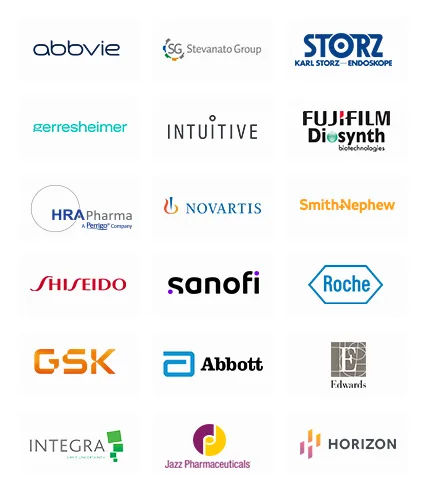Home-Use Beauty Devices Market Size & Share Analysis - Trends, Drivers, Competitive Landscape, and Forecasts (2024 - 2030)
Get a Comprehensive Overview of the Home-Use Beauty Devices Market Report Prepared by P&S Intelligence, Segmented by Technology (Laser/Light, Vibration, Radiofrequency (RF) Energy, Nano-Ionic, Microneedling, Electroporation), Indication (Hair Removal, Cleansing, Acne Treatment, Skin Rejuvenation, Oxygen/Facial Steaming, Hair Growth, Dermarolling, Cellulite Reduction), Distribution Channel (Specialty Stores, Online, Hypermarkets/Supermarkets), and Geographic Regions. This Report Provides Insights From 2017 to 2030.
